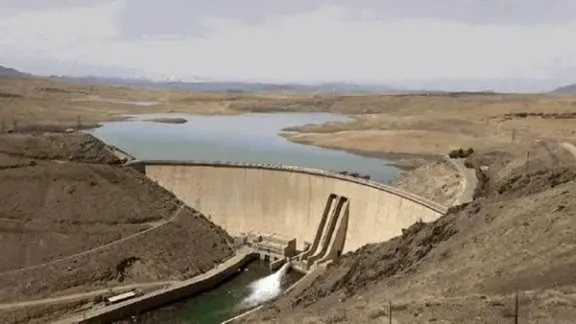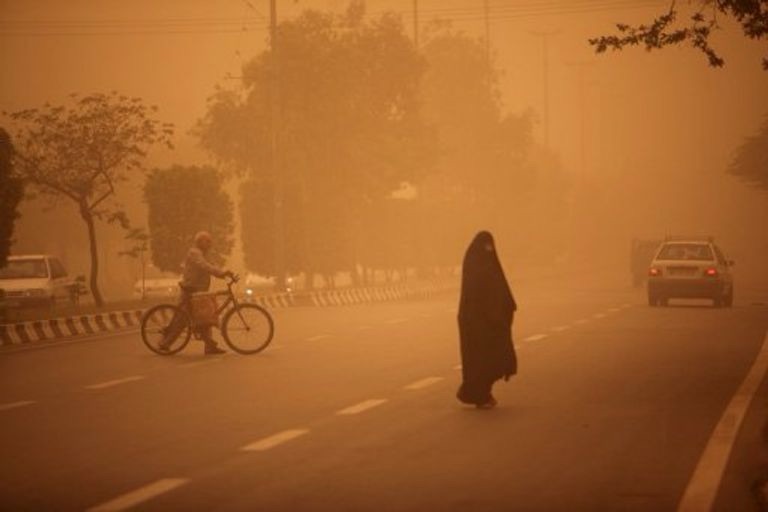
Iran’s dam reserves have fallen sharply compared to last year, raising growing alarm in regions already strained by water scarcity. The southwestern province of Khuzestan, including the city of Ahvaz, is among the most affected areas as drought conditions tighten their grip across the country.
According to official figures reported on Friday, total water inflow to dams nationwide reached only about 780 million cubic meters as of October 18, representing a 39 percent drop from the same period last year. Despite efforts to reduce water discharge by 29 percent, reservoir storage has plunged from 23.3 billion cubic meters to 17.7 billion cubic meters, leaving national reserves only one-third full.
Khuzestan’s reservoirs, which support both critical drinking water supplies and major agricultural zones, have registered deficits ranging between 20 percent and 70 percent. Several dams feeding Ahvaz and surrounding cities have dipped to dangerously low levels, with some approaching minimum operational capacity. These shortages compound longstanding issues in the province, including high temperatures, reduced river flows, and increasing soil salinity linked to upstream water diversions.
Officials warn that the current hydrological year has begun with extremely limited rainfall. Since late September, Iran has recorded an average of only 1.9 millimeters of precipitation, far below the long-term norm of 56 millimeters. No measurable rainfall has been observed in 21 provinces, including Khuzestan, Isfahan, Tehran, Kerman, and Kurdistan.
The Ministry of Energy has identified 22 major dams across the country in critical condition, holding less than 15 percent of their designed capacity. Although the most severe declines have been documented in Tehran province’s drinking-water reservoirs, Khuzestan faces acute vulnerability due to its dense population, industrial needs, and strategic agricultural output.
Authorities caution that without a significant improvement in rainfall, both drinking water supply in Ahvaz and agricultural irrigation throughout Khuzestan could face severe disruption in the coming months. Local communities, already impacted by dust storms and heatwaves, now confront a worsening water crisis that threatens livelihoods and public health across the province





